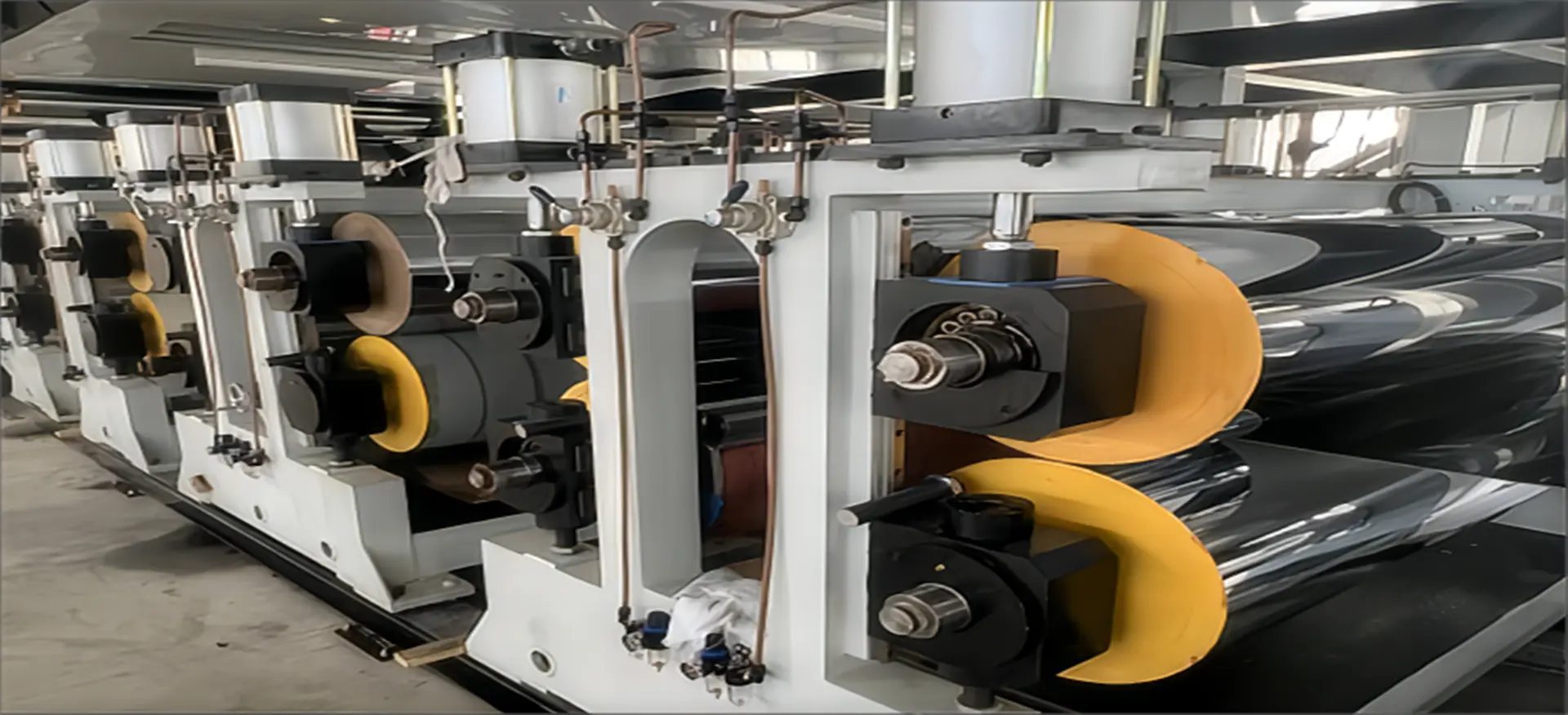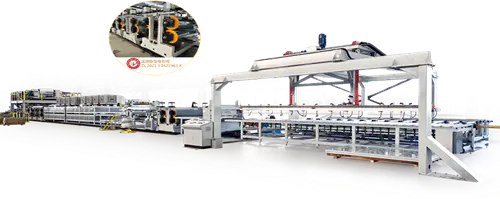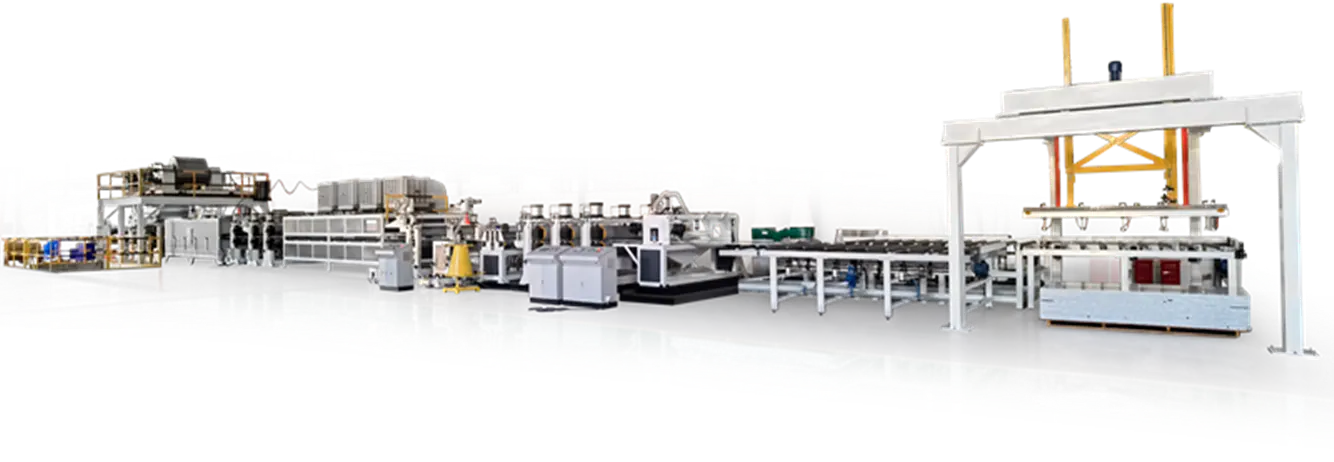Recent developments in the field of color coated aluminum coil technology have brought noticeable improvements in both durability and surface quality. These changes are attracting attention across industries like construction, automotive, and appliance manufacturing. As demand for coated materials continues to grow, manufacturers are adjusting processes to meet changing needs and expectations.

One key area of focus has been enhancing the adhesion and resilience of coatings applied to aluminum. In the past, exposure to moisture, UV light, and varying temperatures could shorten the lifespan of finished products. Now, with better pretreatment and coating techniques, color coated aluminum coil materials are showing more stable performance across a wider range of environments.
These improvements are not limited to aluminum. The steel coil coating sector is also seeing updates, particularly with regard to energy efficiency and material compatibility. Advances in curing methods and application processes have allowed for faster production without compromising consistency. With new technology, steel coil coating lines can better control thickness, gloss levels, and color matching — all of which contribute to a more predictable and cost-effective result.
For designers and engineers, the new versions of color coated aluminum coil offer more than just longevity. Surface finishes are now more uniform, with fewer visual defects and a broader range of colors available. This allows greater freedom in product design while also reducing the need for post-processing. Lighter materials that still meet performance standards are also becoming more accessible, making transportation and handling more convenient.
On the steel coil coating side, environmental considerations are starting to shape production choices. Water-based and low-VOC coating systems are becoming more common. These coatings can be applied with reduced impact on air quality while still achieving the desired protective barrier. It’s part of a growing movement toward cleaner and more efficient manufacturing practices.
For many producers, adapting to these trends requires investment in updated equipment and training. Applying a high-quality color coated aluminum coil finish now involves a more precise combination of cleaning, pretreatment, primer, and topcoat steps. Each stage influences the final outcome, and small changes in temperature or line speed can affect appearance and performance. Automation and digital monitoring tools are helping to maintain control across the process.
At the same time, customers are expecting more documentation and transparency about the performance of steel coil coating systems. Test data, certifications, and traceability have become important for ensuring compliance with industry standards. Producers are responding by integrating more quality checks and offering detailed technical support during product selection.
While these innovations may seem technical, their real-world impact is clear. Products using modern color coated aluminum coil are lasting longer and requiring less maintenance. Building panels, signage, and consumer appliances all benefit from better corrosion resistance and visual appeal. As this technology continues to evolve, we’re likely to see more applications where coated metals replace traditional materials.
The benefits of newer steel coil coating technologies are also making their way into new industries. Agricultural equipment, HVAC systems, and interior design elements are using coated steel more frequently, thanks to its improved performance and aesthetic options. With less waste and greater recyclability, these materials support goals related to sustainability and long-term cost savings.
The latest updates in color coated aluminum coil and steel coil coating processes reflect a broader shift toward materials that are not only durable, but also more adaptable and environmentally conscious.

 中文简体
中文简体 English
English Português
Português русский
русский Español
Español عربى
عربى









